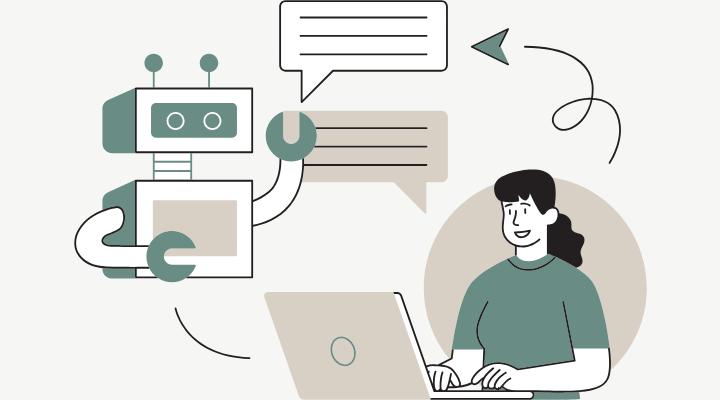As software developers marketing Human Resources applications, the benefits of chatbots were irresistible. Firstly, they promised a tech-driven sales approach to generate leads. Secondly, they reduced labour costs by offering clients a self-service option for application answers, decreasing the number of needless direct contacts from our clients. Thirdly, they were available 24/7. And fourthly, the bots’ ability to scrape information would identify the topics needing further coverage.
Plus, everybody else was using them – so why not us?
But the reality was different. With our restricted team, we could only provide resourcing during working hours, and that was only if we were not caught up with other tasks.
Maintaining the chatbot’s pool of information became burdensome. As we upgraded our features, new queries emerged, requiring constant updates that created a substantial resource commitment.
Worst of all, prospects started to consider us as a less appealing option. If we could not address their inquiries promptly, it cast doubt on the application’s quality and reliability, and our ability to provide ongoing support to our clients.
Even though we were a technology-based software solution, we had forgotten that human interaction was still key to building trust. The chatbot didn’t create the empathy or the reassurance our customers were asking for. Subsequently, we received little technical feedback that could help the AI improve. It became a vicious circle, and our biggest differentiator – customer success – was being eroded.
The upshot of this ill-fated attempt was a drying up of leads, and worse, a growing frustration among our customers. Generating new sales is the point of business, but losing customers was potentially fatal.
What actually worked
As this situation was unfolding, I attended a Software Conference and was introduced to a Digital Adoption Platform (DAP). These are programs that onboard users to your application, guiding them on how to use your interface. You might have encountered one when using a new app for the first time, for instance.
Using a DAP ended up improving our onboarding, training, and support for users across our application. Firstly, it was easy to integrate with our existing applications, and our clients welcomed the in-situ help that guided them as they worked.
Whilst change takes time to be adopted, we began to notice a decrease in direct user interactions for the simple issues, enabling us to shift our customer success paradigm from reactive – constantly fielding questions – to proactive. We had built a more intuitive support system, which instead of just solving problems, provided time to follow up and offer additional training in areas of the application that clients had yet to fully explore.
After implementing the DAP, we also updated our ‘customer success process’ and now provide both technological and and ‘real’ human support. By leveraging both the DAP and our ongoing personal interactions, we gained a deeper understanding of user pain points, allowing us to provide more effective resources.
The result
We reduced sales churn by providing the best of both worlds – technology that answered the “how-to” questions and human touch that showed we cared about their success.
Whether you choose to use chatbots, DAPs, or other automated customer service tools, fully understand both your own needs and those of your customers. The goal should always be to add real value, not just save a few dollars. A balanced approach that combines efficiency and empathy, is what makes all the difference.











